Hsinchu National Military Cultural Park 新竹國軍文化園區
Looking For A View Of Hsinchu
Hsinchu is not known for its skyline. Other than a few towering apartment buildings, there is little to make this city unique from a distance. Even so, travelers may want to climb up to the top of a hill or mountain to try and get a better view of this sprawling city. Within the city limits, your choices are few in number. Luckily, there is one hill right by downtown Hsinchu where you can have both the ocean and the city all in plain sight.
The Hsinchu National Military Cultural Park (新竹國軍文化園區) is found perched on a relatively tall hill just outside of downtown Hsinchu. Not only will you get views of the coast and the city, but the entire area is a monument to veterans and soldiers. Complete with hiking trails, a weapons park, and even an ancient grave, the Hsinchu National Military Cultural Park will give you a new perspective of the city.
Just on the other side of the military park, you can grab a drink at Fangwai Coffee!
How To Get To The Military Park
The Hsinchu National Military Cultural Park is located within Hsinchu City. After a small stroll from downtown Hsinchu, you’ll find yourself in a more residential, quiet neighborhood. Other than the schools, universities, and aging apartment blocks found in this part of town, you’ll also find bits of culture peppered throughout the district. The Memorial Hall can be found perched on top of a tall hill looking over the city. On most days, you can even see the coastline and the low Hsinchu skyline.
The Military Cultural Park is located on top of Pingpuding Heights (南郊平埔頂高地), a collection of hills that includes sights such as the famous Putian Temple(普天宮). The easiest way to reach The Hsinchu National Military Cultural Park is by walking down Minghu Road (明湖路). If you’re in a car or scooter, you can drive up a small street that leads to the top of the hill (明湖路243巷10弄). On foot, you’ll find Nanxing Temple (南星宮新大眾廟) at the base of the hill. Passing through the main gate, a small trail at the back of the temple will take you to the Military Cultural Park.
One thing you won’t want to miss in Hsinchu is the Weekend Flower Market!
Catholic Cemetary
Before reaching the main gates of the Military Cultural Park, you’ll come across a large Catholic cemetery. Known simply as Catholic Ressurection Cemetary (天主教復活公墓), this plot of land has sweeping views of the city and even the coastline. If you are particularly lucky, you’ll be able to clearly spot the ocean by Xiangshan (香山).
The cemetery is also interesting for those who are lovers of history and culture. Many of the graves include both a picture of the deceased and where their birthplace was. Many of the occupants have come from China. Do not be surprised to see headstones labeled with Sichuan or Hubei on them. There is even a foreign priest buried in the Catholic Cemetary. Father Eugene E. Fahy was a priest who was ordained in Shanghai and was the prefect of Hangzhou, China. Later in life, he moved to Hsinchu to help establish the Church of the Sacred Heart of Jesus (耶穌聖心堂).
If you’re wanting even more history, check out the Traditional House of Dr. Li Kecheng!
Moving the Dead
Before Hsinchu’s Catholic Ressurection Cemetary became a place for remembering loved ones, it was a simple tea farm. In the 1950s, a local farmer sold the farm to the government for 7,000 NT. Descendents of the tea farm still cal the hill home. After decades of the hill being used as a cemetery, the local government has decided to repurpose the land to become a park. Many of the gravesites on the hill have been opened up. The remains have either been moved or been cremated.
In recent years, many families have chosen to have their family members taken out of cemeteries due to the lack of space in Taiwan. While the government encourages this decision, it is still quite traumatic for relatives of the deceased. Due to pushback from locals, the changes in the Hsinchu National Military Cultural Park have been brought to a snail’s pace.
If you’re wanting to dive even deeper into the history of Hsinchu, be sure to visit the Police Dormitories on Nanda Road!
Hsinchu Soldier Loyalty Shrine
The focal point of Hsinchu Military Cultural Park is the Soldier Memorial Hall (新竹軍人忠靈祠). The entire complex was built in 1976. The exterior reminds one of Taipei’s Palace Museum. While the outside of the shrine is spectacular, the interior is quite plain. Other than a small shrine and flags flanking a plaque, there is little to see inside. The upper floors of the hall are where the remains of soldiers are kept. The only visitors you will find at the memorial hall are relatives of the deceased.
Surrounding the Hsinchu Memorial Hall you will find a small Weapons Park (新竹武器公園) as well as hiking trails that lead around the shrine in a circle. The trail is quite short but does bring you through a quiet and (even more) secluded part of the park. You’ll also come across more graves, mostly in Taiwanese style. Like the Catholic cemetery, many of the tombs seem to have been smashed with a sledgehammer in order to remove the corpses.
Be sure to visit one of the most famous temples in Hsinchu before you leave, Chulian Temple!
The Tomb of Zheng Yong-xi
Amongst all of the recent graves, there is also the historic tomb of Zheng Yong-xi (鄭用錫墓) which dates all the way back to the Qing Dynasty. The first question one will probably ask is, “why should I care about who this person is?”
The tomb belongs to Zheng Yong-xi. His house in downtown Hsinchu, Jinshidi (進士第), is also a historic site. He was born in 1793 to an intellectual family and was quickly recognized for his academic talents. Throughout his life, he served as a professor at local universities and was also an accomplished writer. Within Hsinchu, he also established several schools and clubs. During the Opium War, he left his studies behind to give speeches and inspire locals to resist the British at Da’an Port.
Due to his many accomplishments, Zheng Yong-xi was awarded the official title of a Second Rank Offical (從二品). With this position, Zheng Yong-xi was given all the honors that his rank entitles. This includes a tomb flanked with stone statues that greet all those who visit his grave.
No trip to Hsinchu would be complete without visiting the Chenghunag Temple!
Graves and Monuments
The grounds of the Hsinchu National Military Cultural Park (新竹國軍文化園) make for the perfect half-day trip. If you are a fan of old cemeteries, the complex and hiking trails will have you peeking over the tops of graves and reading many of the historic headstones.
Even though the Hsinchu Soldiers Loyalty Memorial Hall and Weapons Park is enough to spark one’s interest, the area seems half-abandoned and half incomplete. Many of the graves are overgrown and look as if they have been aggressively dugout. The monuments seem uncared for and neglected on top of the hill. When climbing to the summit of the hill, tourists are greeted with cartoon depictions of soldiers and other military figures, but there is little in the complex itself to match this cheerfulness.
Obviously, the first and foremost use of this land is for families to remember their deceased relatives. Everything else is secondary. What would attract more people to the cultural park would perhaps be a museum to remember those buried there. Donations and pictures of the soldiers would be a great way for all of Hsinchu to remember those who fought for their freedom. Today, the park makes for an interesting trip, but it could be so much more.
You can find all of the best things to do in Hsinchu here!

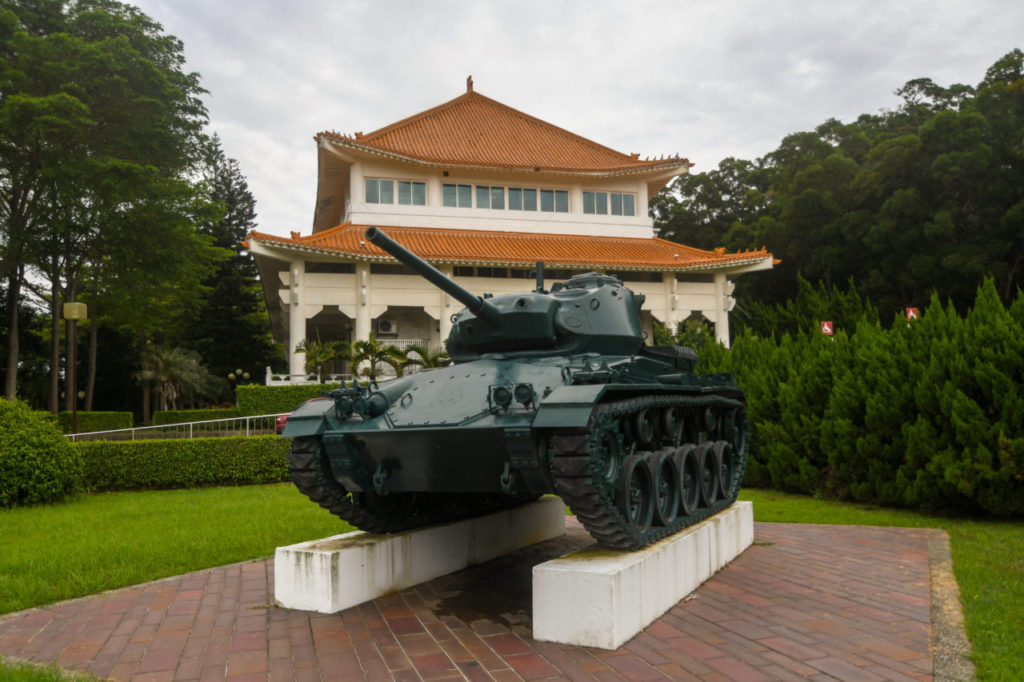
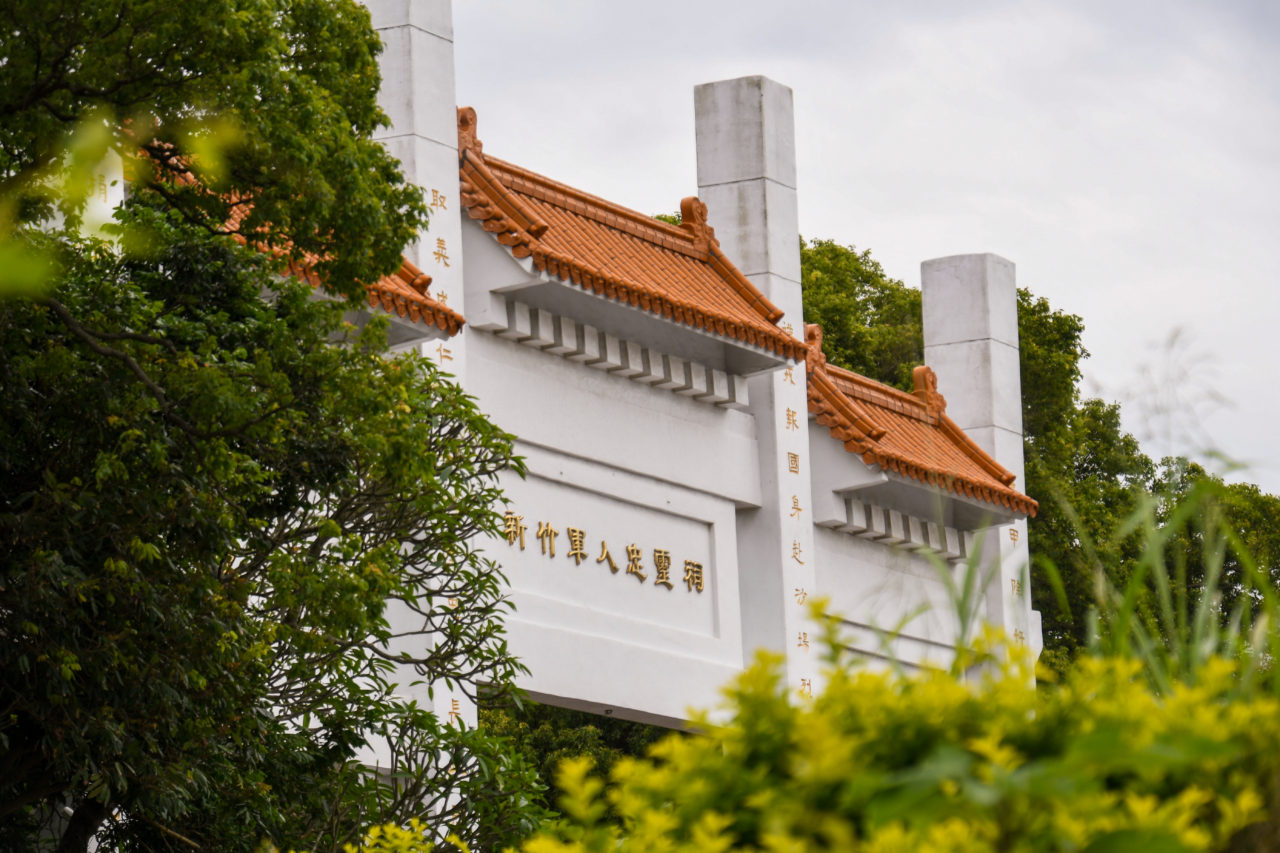
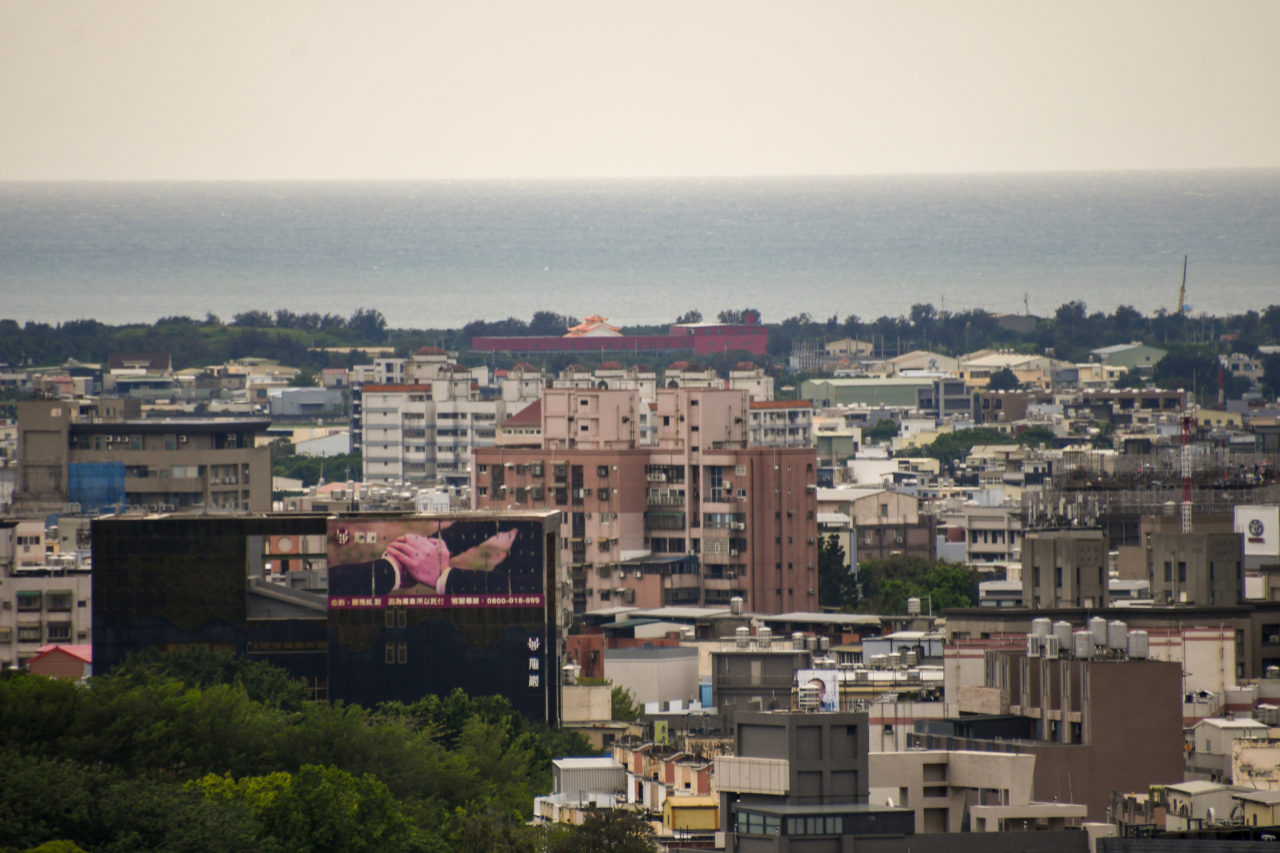
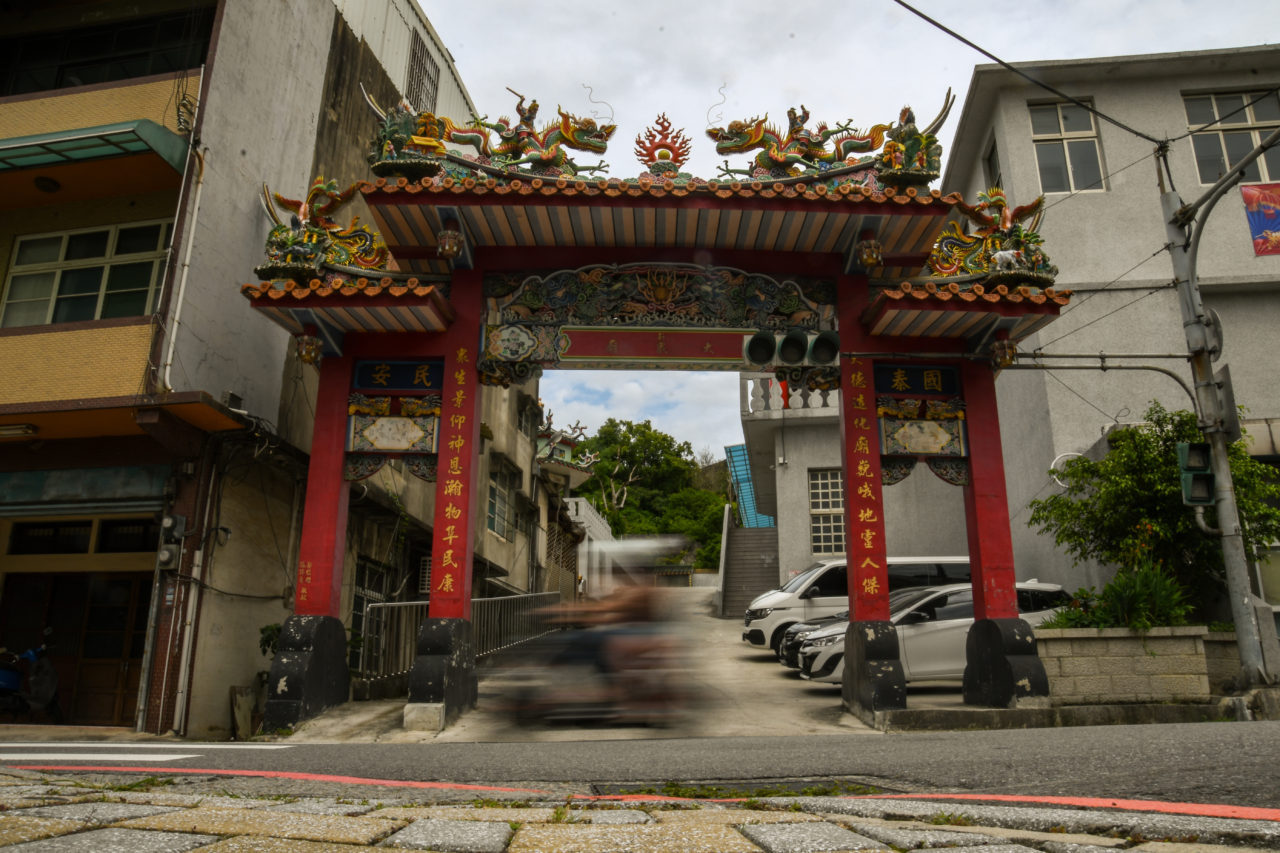
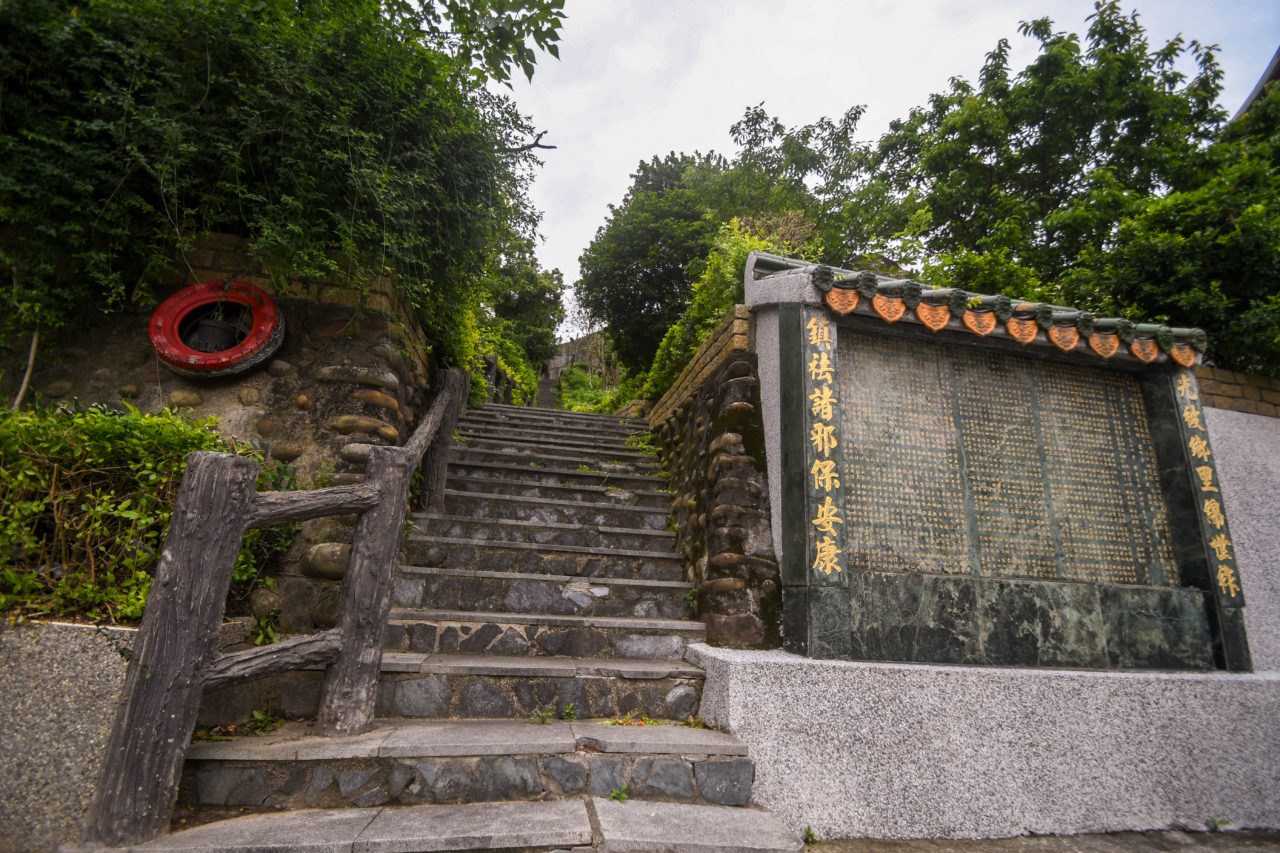
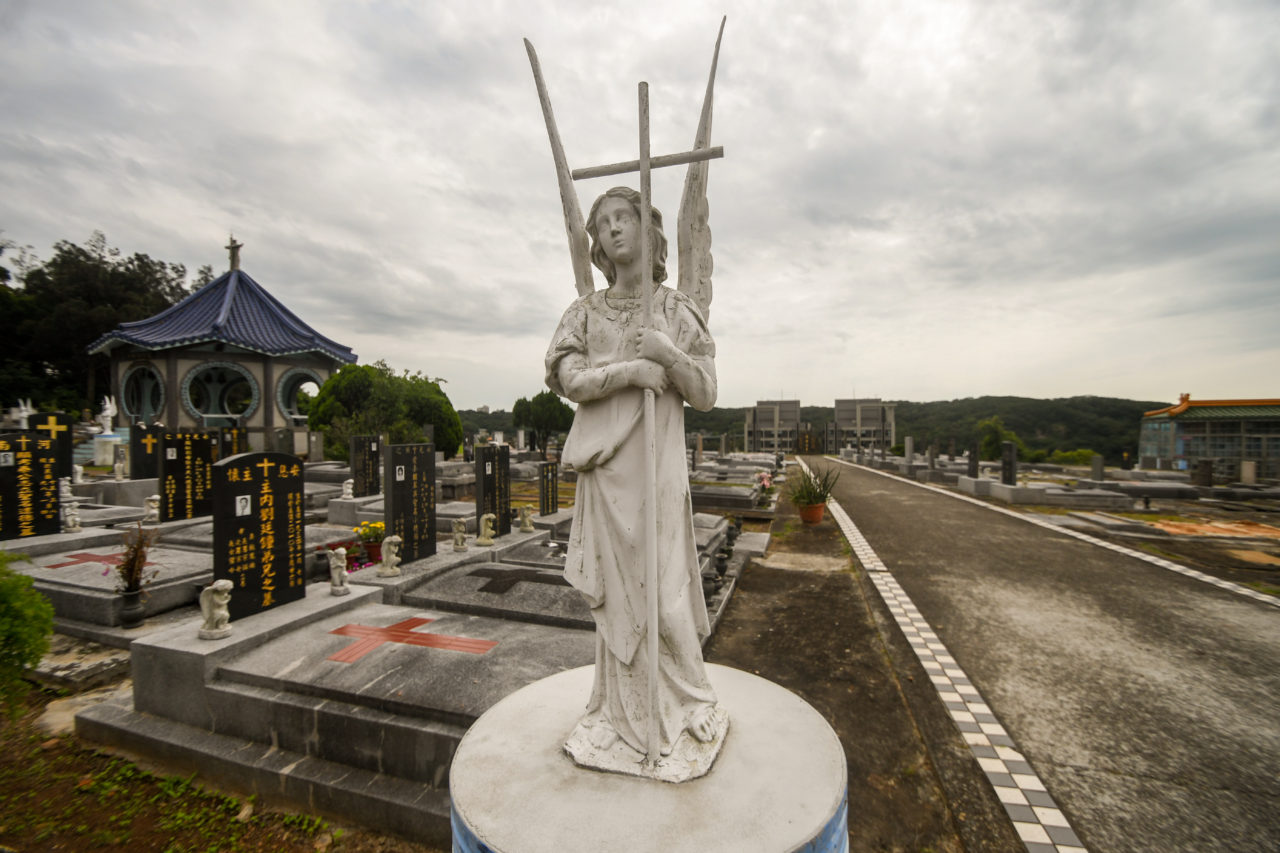
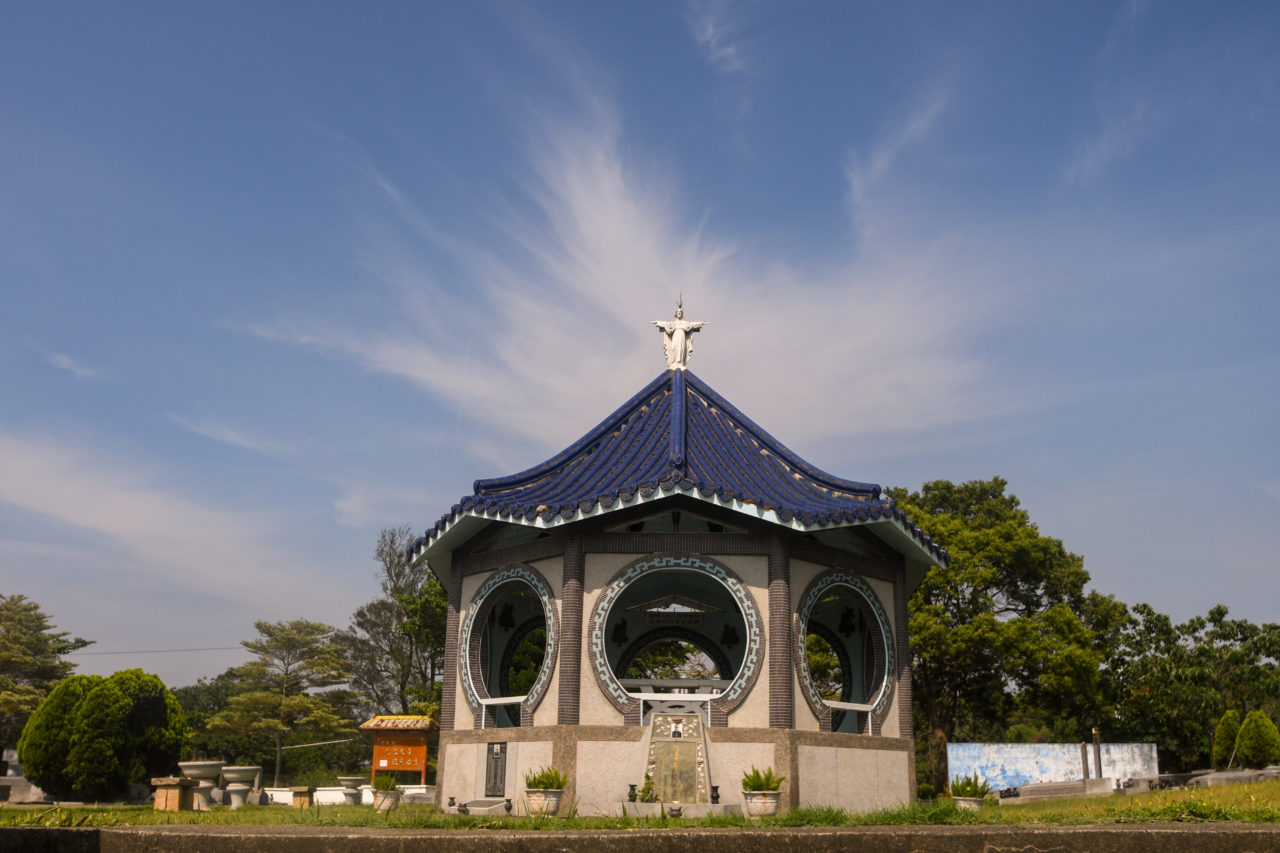
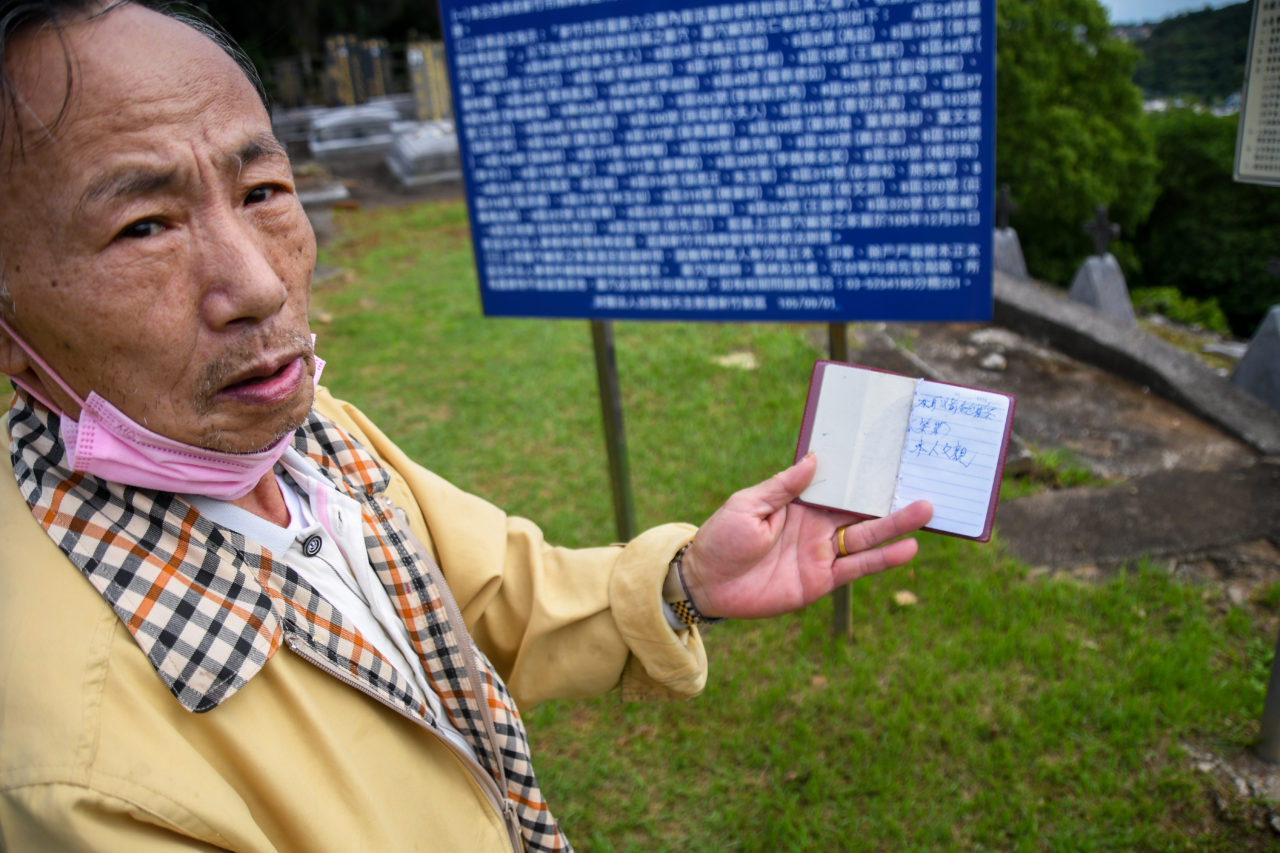
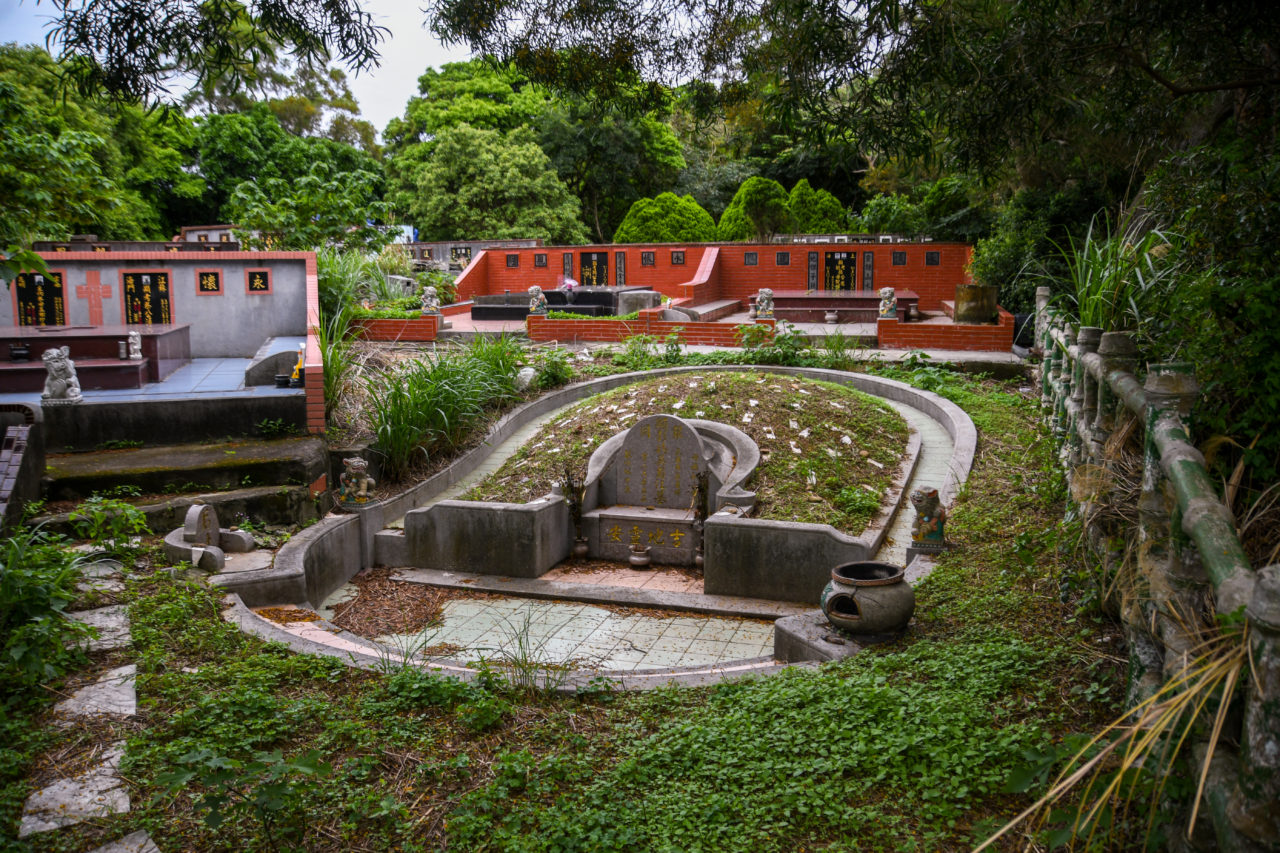
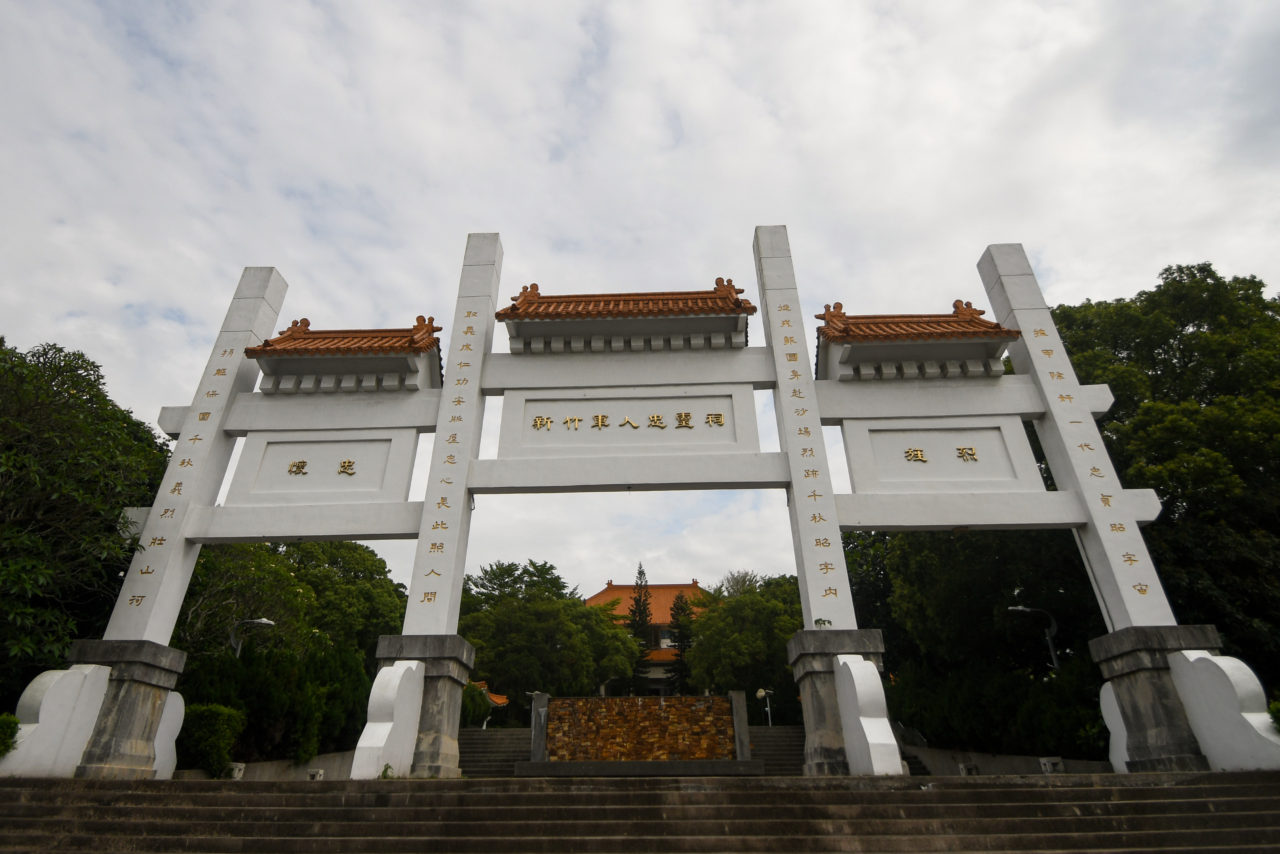
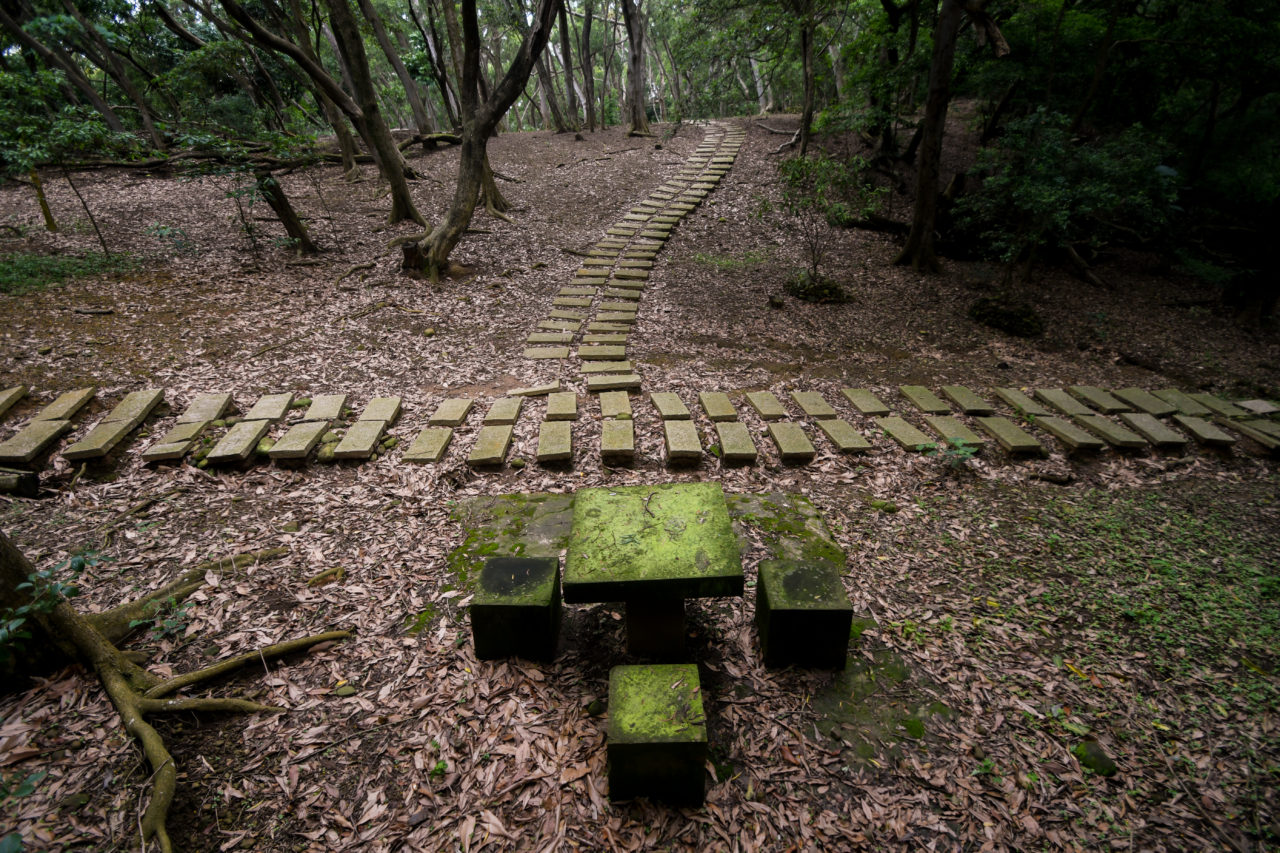
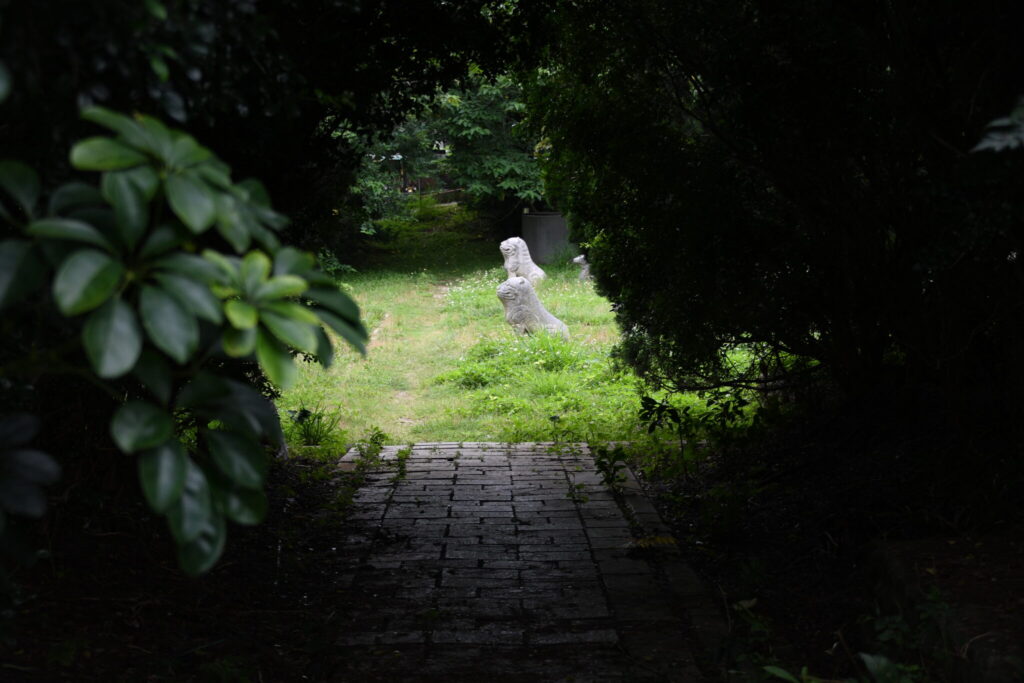
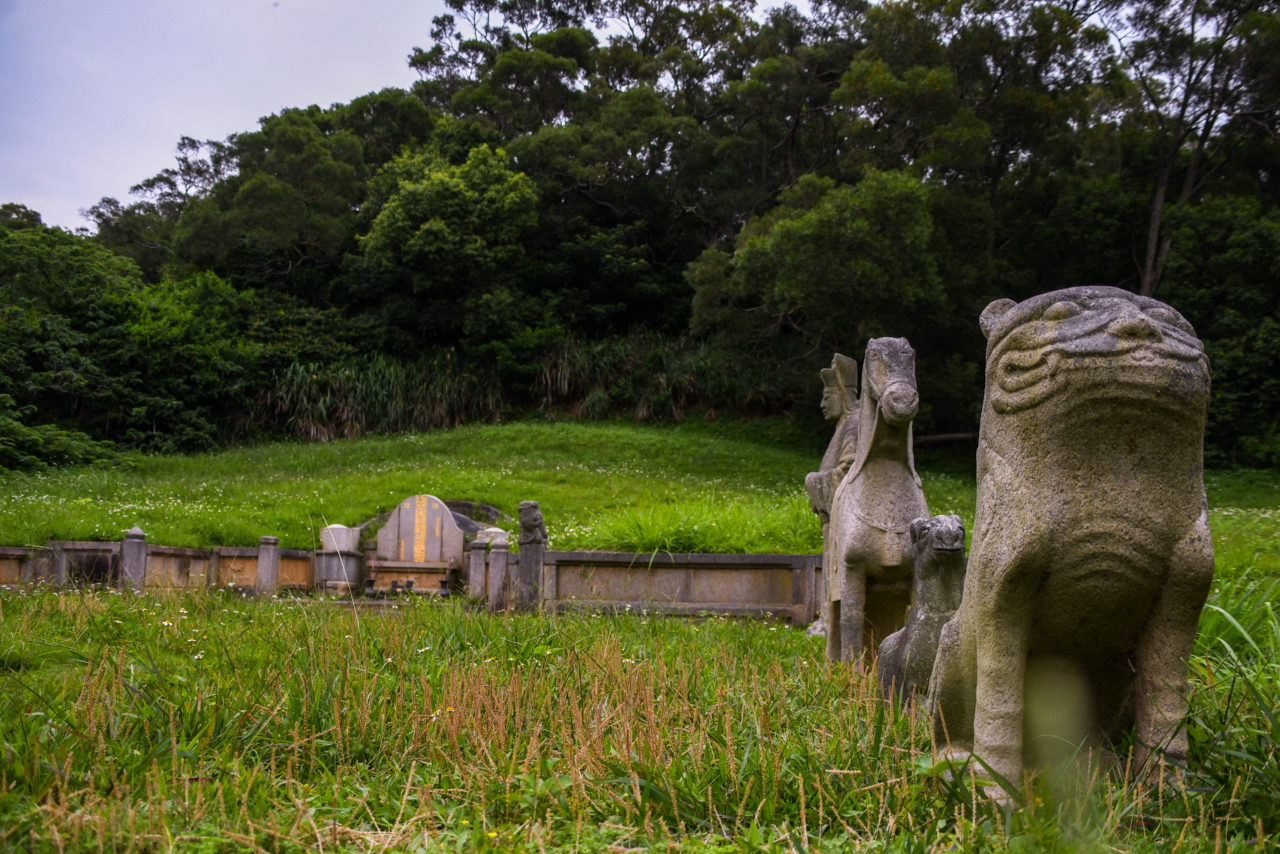
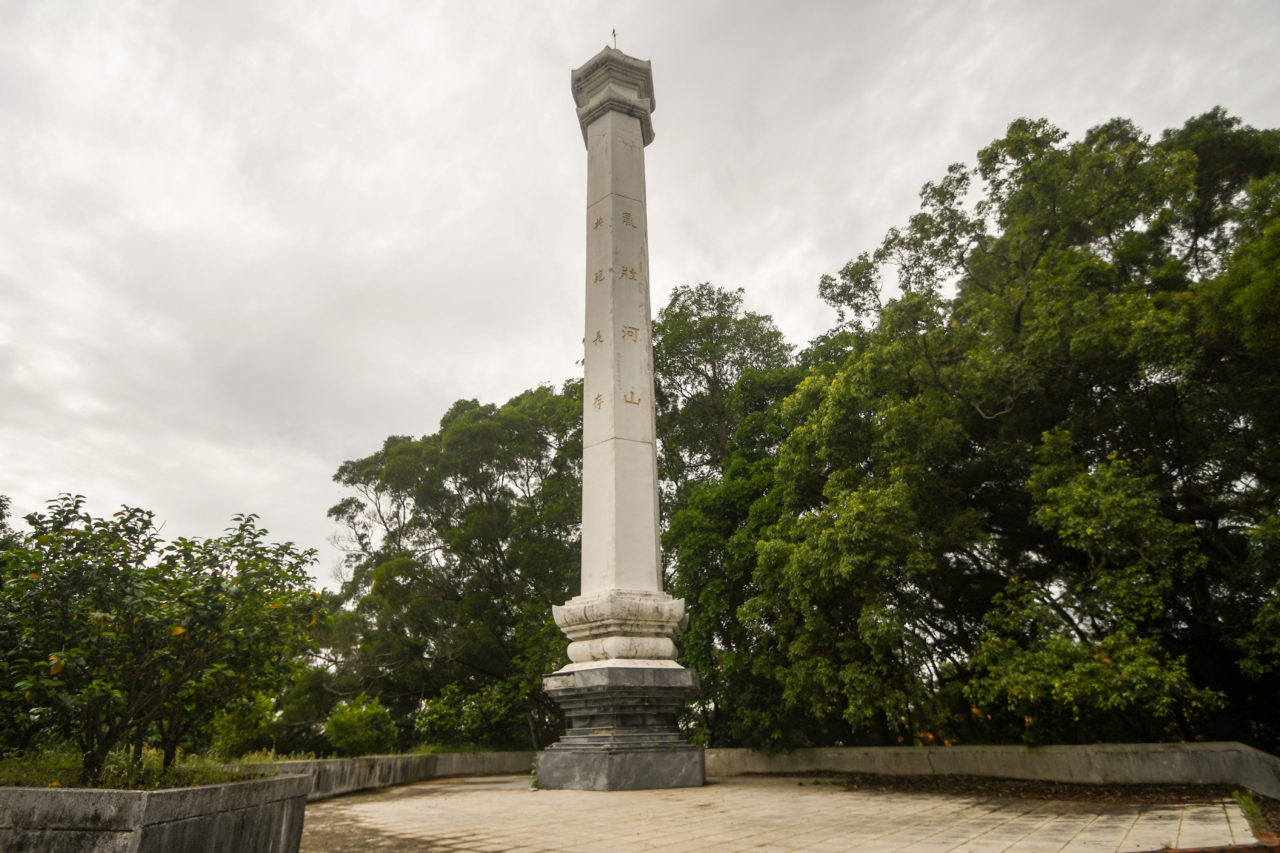
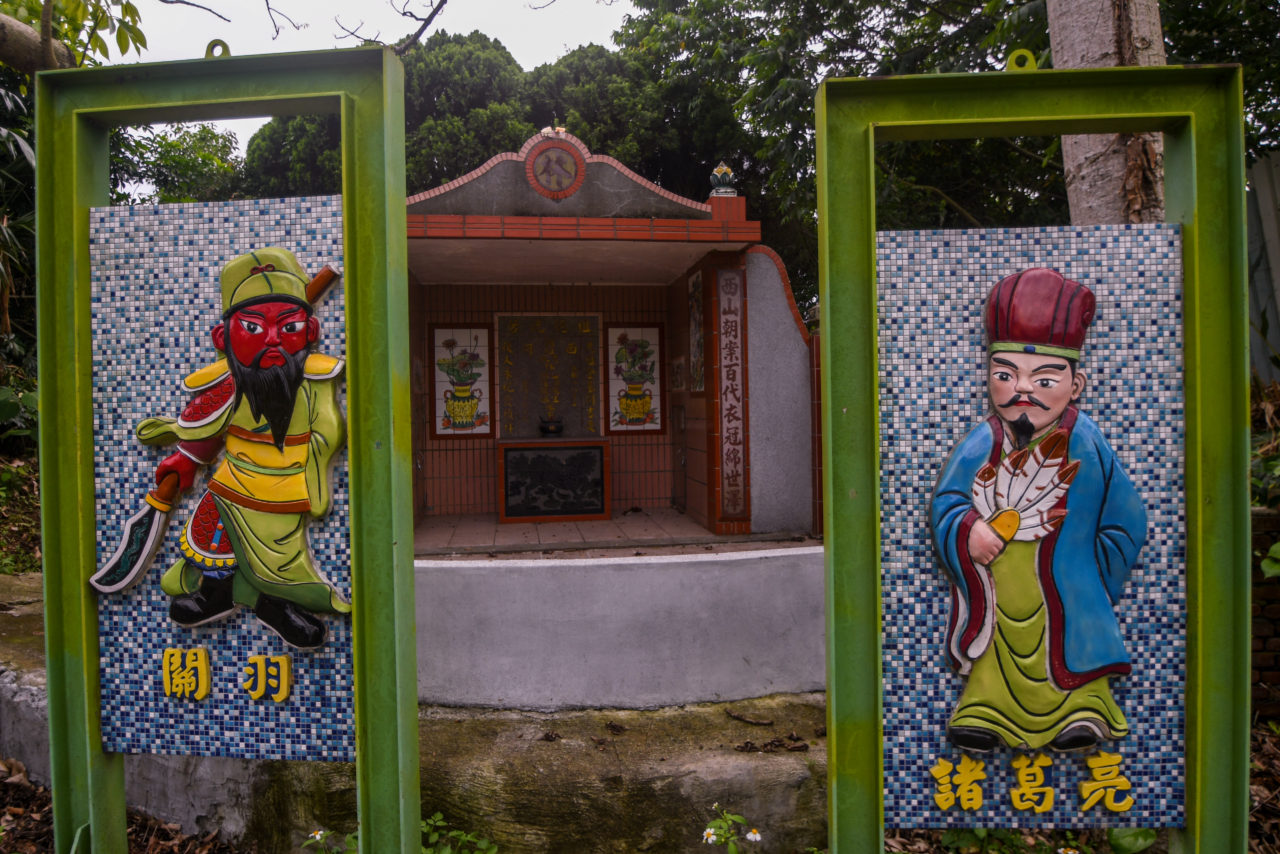
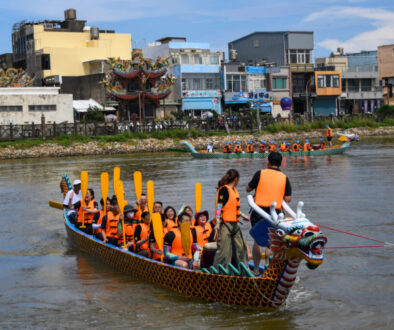
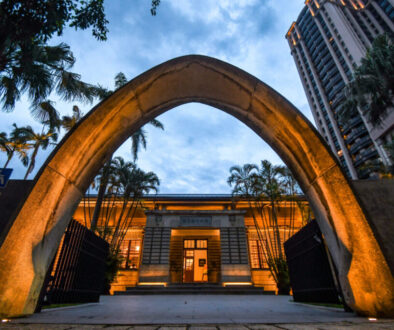
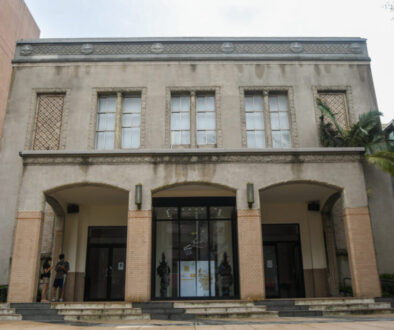


Hsinchu Tofu Rocks (Chessboard Rocks) 新竹豆腐岩
May 23, 2022 @ 3:36 pm
[…] If you’re wanting to get off the beaten path in Hsinchu, check out the Military Cultural Park! […]